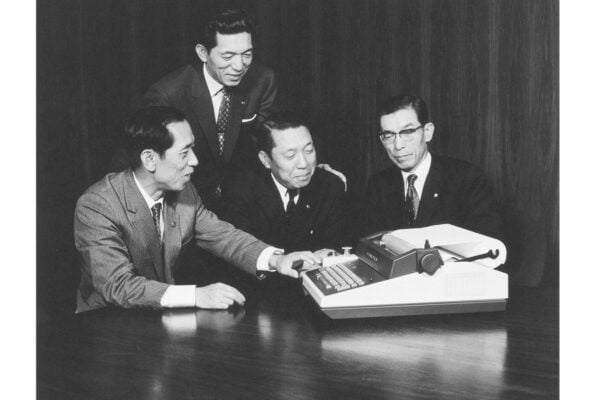How calculators can help students succeed in GCSE maths exams

Calculators are a powerful tool, offering the capability for students to advance and add new elements to their learning, and for teachers to raise engagement and efficiency in the classroom.
But like any tool, they need to be used in the right way, particularly when it comes to preparing for and sitting exams.
There are few examinations more important than GCSE maths, so let’s take a look at the part calculators can play in helping students succeed at this crucial stage of their education.
Laying the groundwork
We’re lucky enough to be able to have regular conversations with teachers, mathematicians and education experts here at Casio. One of the many things we’ve learned is how important it is for students to have the time to gradually develop their understanding of key topics, particularly the most challenging ones.
Calculators can make a valuable contribution to this process, provided that the technology has been introduced with enough time for students to get comfortable with it before sitting their GCSE exams.
There are many topic-specific examples of how calculators can help learners gain insights into subjects and explore them in different ways.
When working with quadratic graphs and equations, for example, students can use a scientific calculator to experiment with different values of x and examine the relationship between x values and y values.
Those using a graphic calculator can take it a step further and turn a table of values into a graph. This visualisation can help to prompt discussion in the classroom and encourage students to experiment with how different values change the shape of the graph.
Deeper understanding through multiple approaches
One of the most valuable benefits of having access to a graphic or scientific calculator is the opportunity for students to try out various approaches to solving a given mathematical problem.
They have nothing to lose from entering different values and variables into the calculator to see what comes out, and a lot to gain in terms of finding new perspectives on topics they find challenging.
The value of experimenting with multiple approaches becomes particularly clear when students are using calculators with broad functionality.
A GCSE maths class that has access to graphic calculators when studying trigonometry, for example, can play around with displaying expressions in graph mode and examining details that wouldn’t be visible in written functions.
Come exam time, students who are comfortable with taking multiple approaches to a problem will be well-prepared to work efficiently and find a method that makes the best use of their time.
As mathematician Simon May told us: “There’s not just one way of doing things, but multiple ways with pros and cons. It’s up to the students to select which one to use during an exam by making an informed decision.”
A source of reassurance
When the time comes for GCSE maths students to sit their exams, they’ll be looking for as much support as possible to use their time efficiently and keep their stress levels to a minimum.
Teachers have done everything they can, and now it’s time for the students to show what they’ve learned and apply their knowledge. However, they won’t be entirely without support in the exam, as they have a calculator on hand to check their answers and gain reassurance that they’re on the right track.
Simply being able to check their working and ensure they’re not making any basic calculation errors can make a big difference to students’ confidence, time efficiency and final results in a GCSE maths exam.
James Davis, Head of KS5 Further Mathematics at Newstead Wood School, told us: “[The calculator] just gives that big confidence boost and provides a tool to solve problems and check answers. It’s a very, very powerful tool for exams.”
We’ve spoken to some teachers who want to ensure their GCSE maths students are getting the most out of their calculators, but don’t feel entirely comfortable using the technology themselves.
If that sounds like you, Casio offers a range of resources to help, including dedicated training for the fx-CG50 graphic calculator.
You can book a place here.



